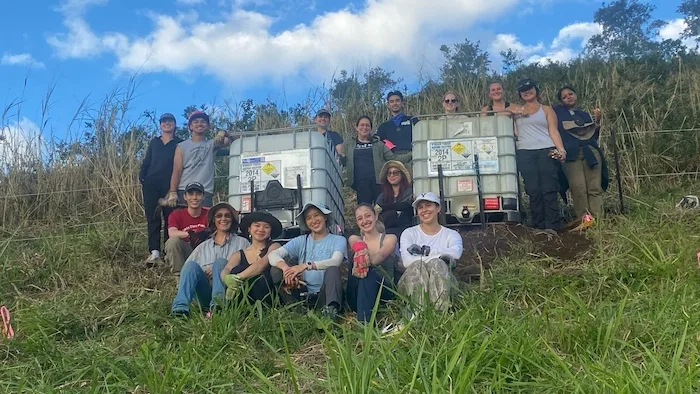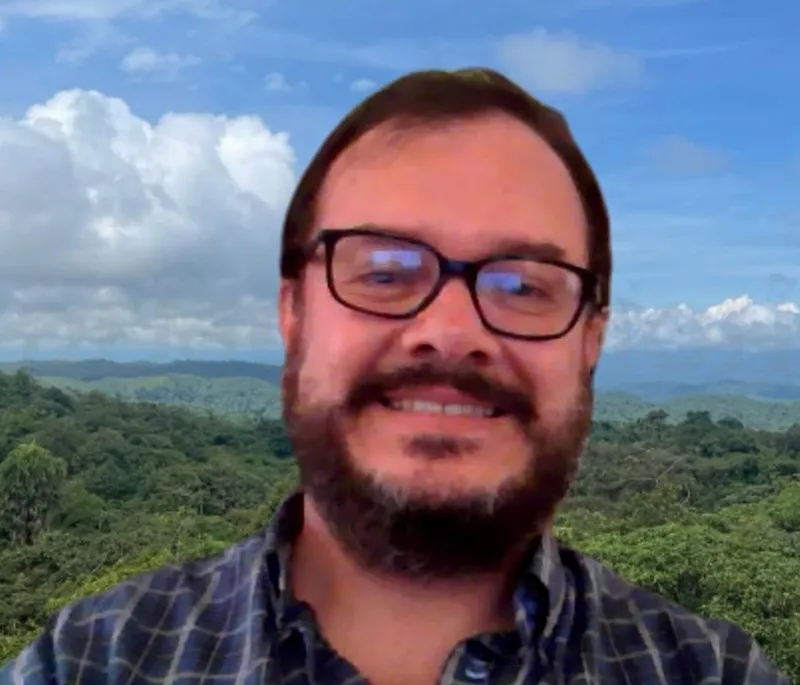
By: Gerardo Avalos, PhD
Trees of Peace from Hiroshima: A Time Traveler and Emissary of Hope
By Dr. Gerardo Ávalos
Director, Center for Ecological Resilience Studies (CERES)
The School for Field Studies – Costa Rica
Full Professor of Ecology, University of Costa Rica
The tree species Ginkgo biloba has survived for nearly 290 million years. I have seen fossils of Ginkgo in Natural History Museums looking identical to modern trees. Like a time traveler, it once shared its habitat with dinosaurs in a land without flowering plants, mammals or birds. Over geological ages, Ginkgo endured multiple events of climate change and mass extinction, surviving only in small areas of eastern and southern China. Rescued from extinction by botanical gardens in the nineteenth century, it now flourishes around the world, where it is planted in cities due to its unique, beautiful leaves, its tolerance to pollution, and its extraordinary resilience (what could be more hostile for a tree than growing on pavement in a street?).
Our relationship with Ginkgo is ancient. For millennia, it has been used in Asian traditions for its healing properties, and extracts from its leaves are still used to treat degenerative conditions of the nervous system. But perhaps the most powerful chapter in the Ginkgo’s story began in 1945.
When the atomic bomb devastated Hiroshima, a few Ginkgo trees near the epicenter miraculously survived. In Japan, these trees are known as Hibaku jumoku, living witnesses to one of humanity’s darkest hours. Their survival became a universal symbol of regeneration, resilience, forgiveness, peace, and the enduring power of life.
From Hiroshima to Costa Rica
In 2011, the Green Legacy Hiroshima Foundation began distributing seeds from these surviving trees around the world as symbols of peace and hope. A decade later, Costa Rica joined this initiative and received a handful of these precious seeds. I asked the Foundation for the donation of a few seeds, which were grown first in the greenhouses of the Center for Ecological Resilience Studies (CERES, SFS) in Costa Rica.
I am deeply proud to have nurtured the first generation of Ginkgo seedlings in Costa Rica. Under our humble greenhouses and with the creative participation of SFS students, these fragile seeds were carefully germinated and grown into young seedlings, which were delivered to the specialized care of Lankester Botanical Gardens at the University of Costa Rica. A second donation of seeds brought up the numbers of the Hibaku jumoku to 45. Ginkgo is adapting to a tropical environment. Every day that it survives is a small miracle. Many SFS students have supported the project as translators of the children´s book Hiroshi and Ginkgo that we created to educate the children about the consequences of the use of weapons of mass destruction and atomic bombs. Our students joined a team of international translators (all young international students) that have translated the book into 14 languages and counting. Other students served as artists creating the logos and visual identity for what became known as the “Trees of Peace from Hiroshima” project.
This collaboration exemplifies what SFS stands for: learning through action, blending science with empathy, and linking ecological resilience to global citizenship.
Sowing the seeds of love and planting the Trees of Peace
In 2025, three ceremonies marked the planting of the first Ginkgo trees in Costa Rica.
The first was held at the University of Costa Rica’s Rodrigo Facio campus, with the participation of the Japanese Embassy, university authorities, and Costa Rica’s Ministry of Foreign Affairs. University students planted the first Hibaku jumoku at the largest public university in Central America, an act symbolizing the unifying strength of education and knowledge.
The second ceremony took place at the Lankester Botanical Garden, where children gently placed a young sapling into the soil, reminding us that peace is in the hands of the younger generation, and that nurturing children in peace will foster societies planted on social justice.
The third tree was planted at the University for Peace, reaffirming the shared mission of education and peacebuilding among nations. Students once again played a central role, linking learning with hope through direct action.
Sowing Hope for Future Generations
In a world often fractured by greed, selfishness, disregard for the environment, lack of empathy, corrupt politicians, senseless wars, and the insistence in the proliferation of atomic weapons, the Trees of Peace remind us of something profoundly simple and true: life is resilient, and peace must be quite literally planted and nurtured collectively and passed on from one generation to the next.
As we continue to plant and share these trees, we carry forward the message of hope that visionaries like Jane Goodall have long embodied: the call to build peaceful societies, to live in harmony with nature, and to use our intellect and creativity for healing rather than harm. Nature’s capacity for renewal mirrors our own; its quiet persistence calls us to act with compassion, to care, and to believe that positive change is always possible.
The message of Hiroshima and Nagasaki is never to forget and never to repeat, but also to understand that the future can be hopeful, if we choose to make it so. Every seed planted, every kind act, and every voice raised for peace becomes part of that hope, rooted in memory, growing toward light, and reminding us that the power to shape a just and peaceful world lies within each of us.
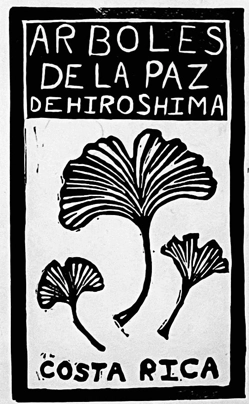
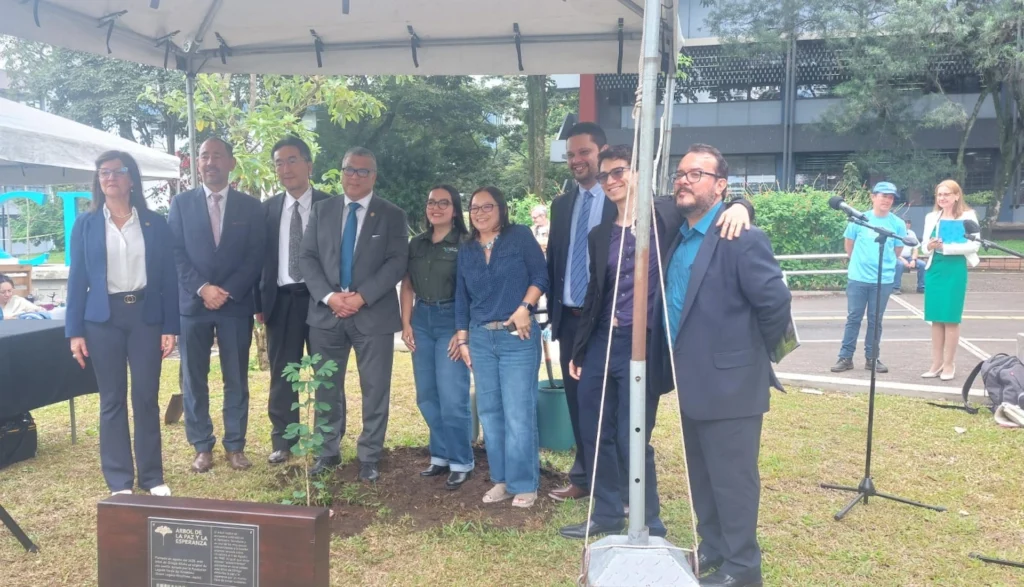
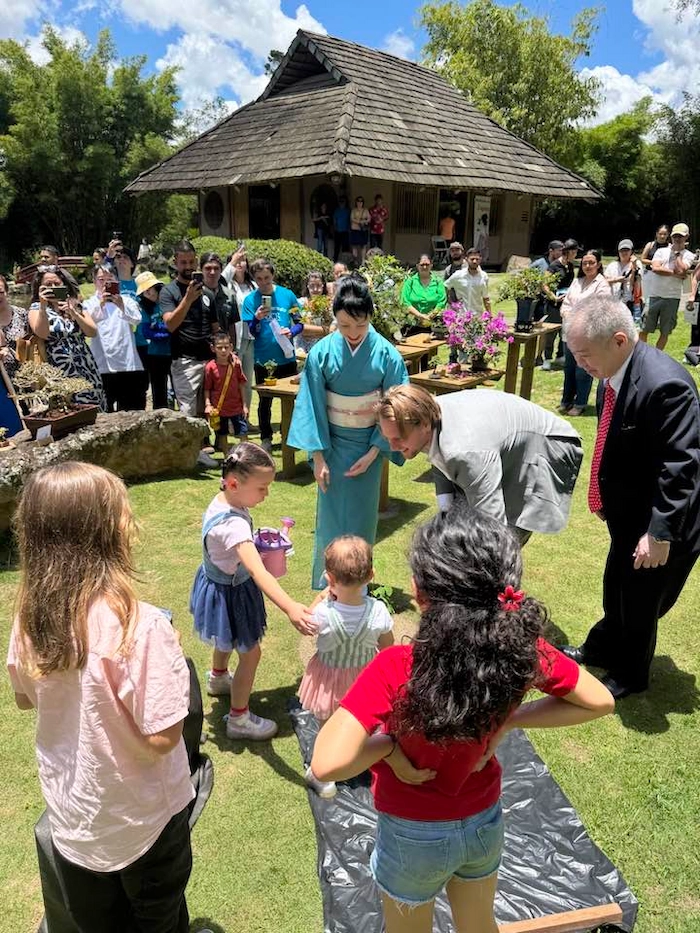
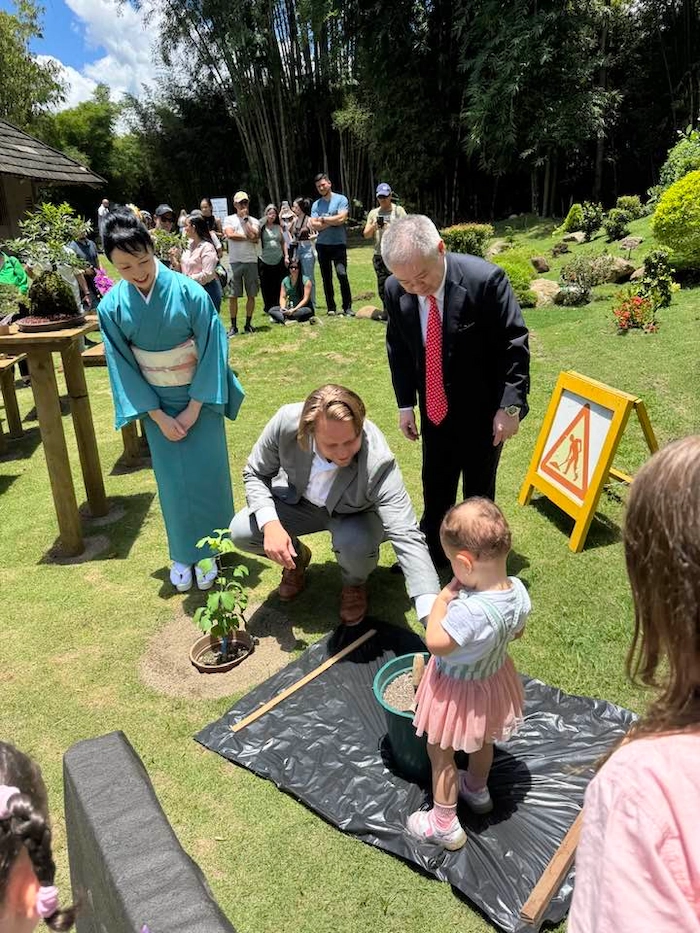
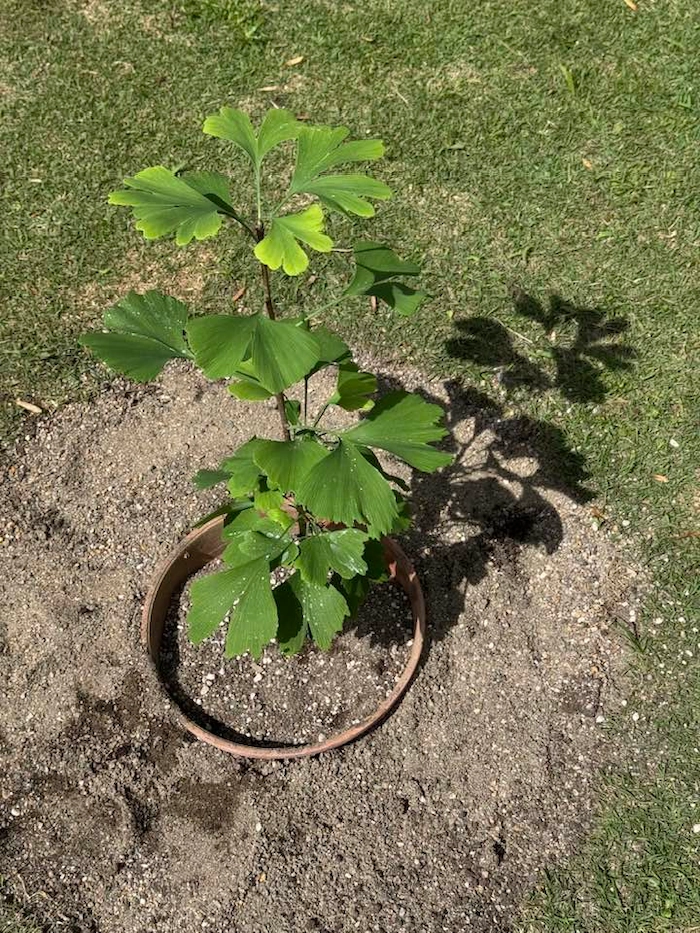
Planting of Ginkgo at the Lankester Botanical Gardens.
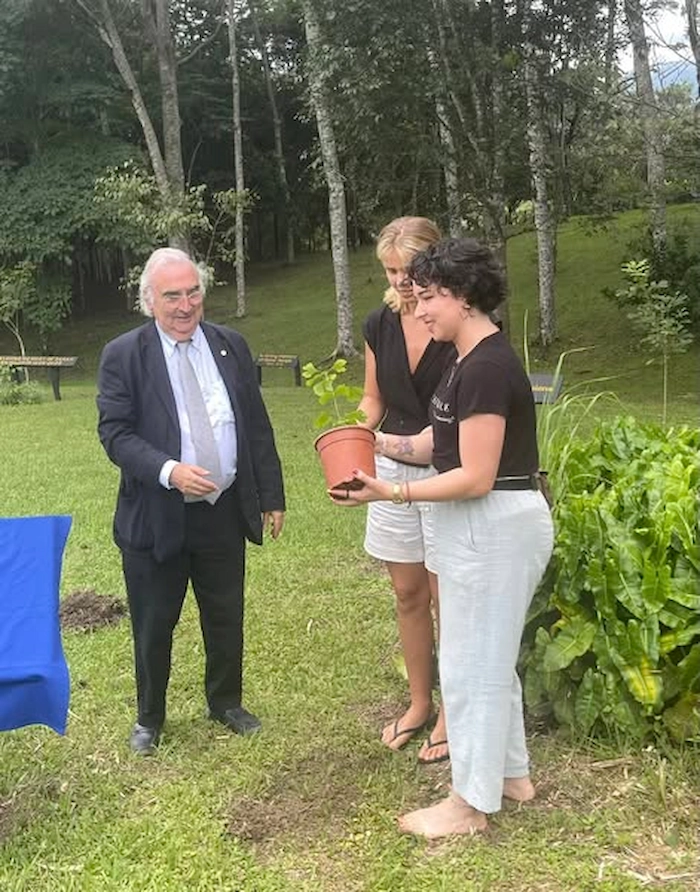
Related Posts

Trees of Peace from Hiroshima: A Time Traveler and Emissary of Hope
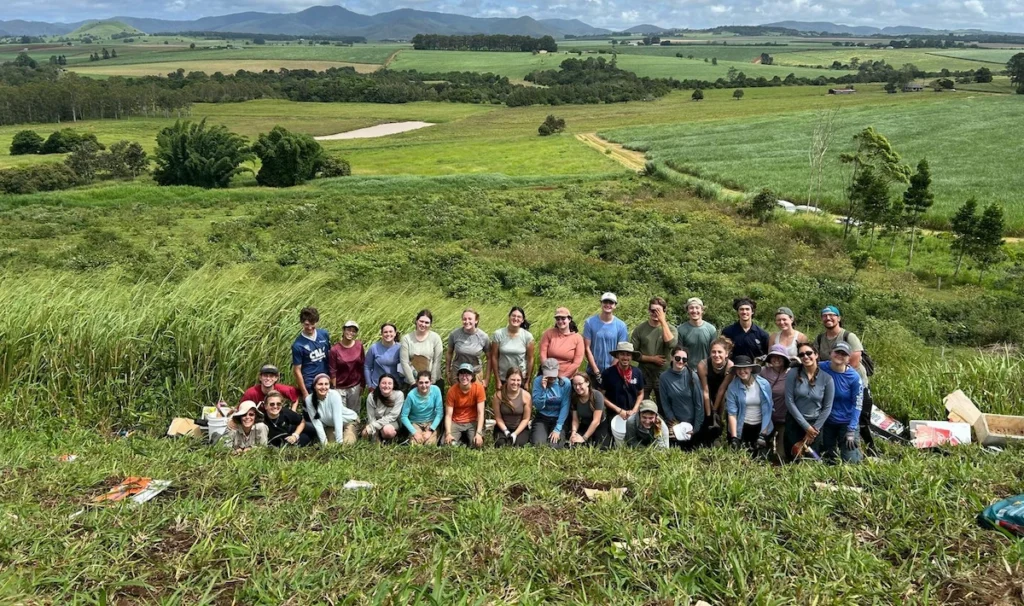
Cinder Cone Chronicles: Lessons from Drought, Data, and Determination
